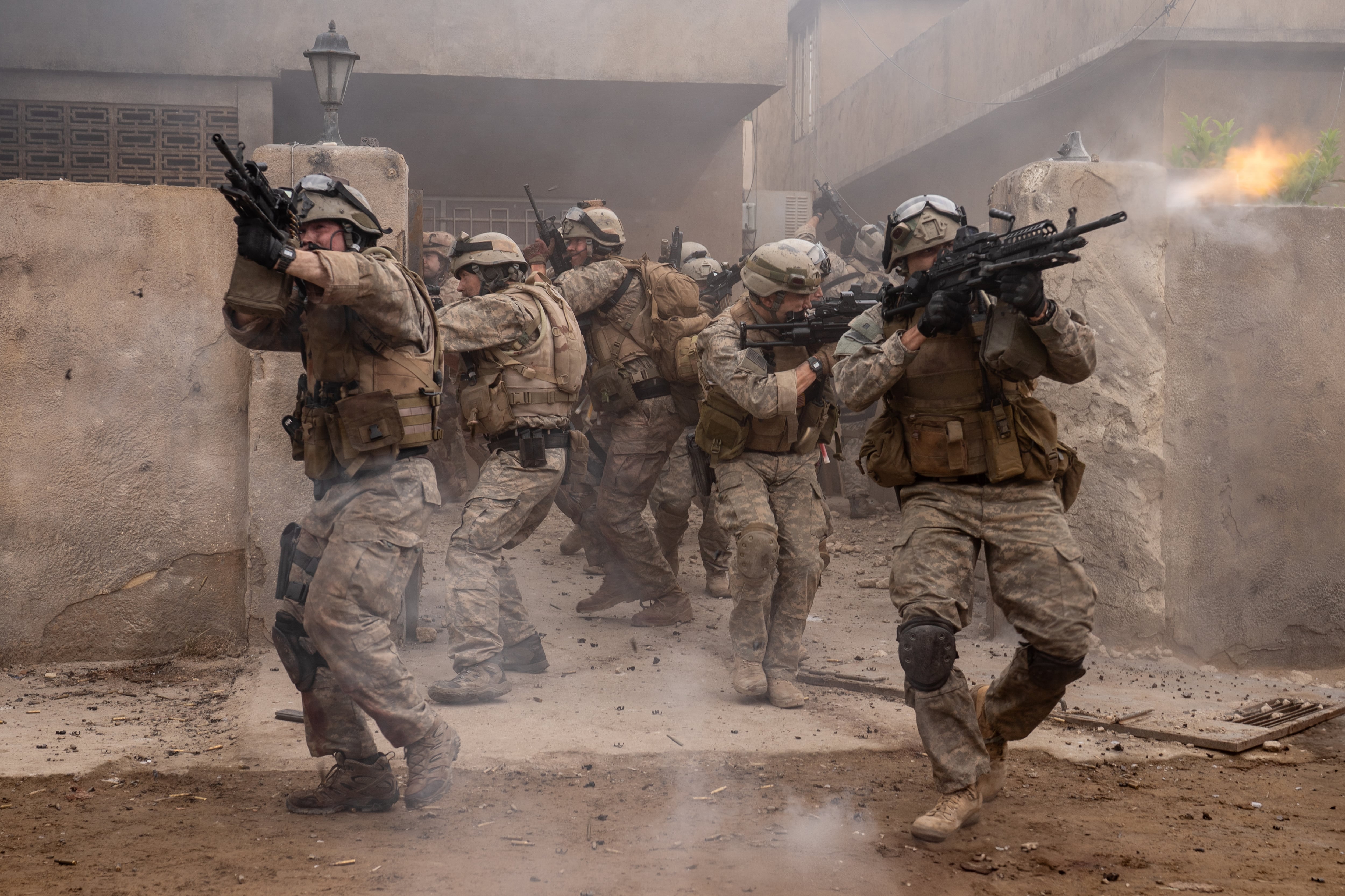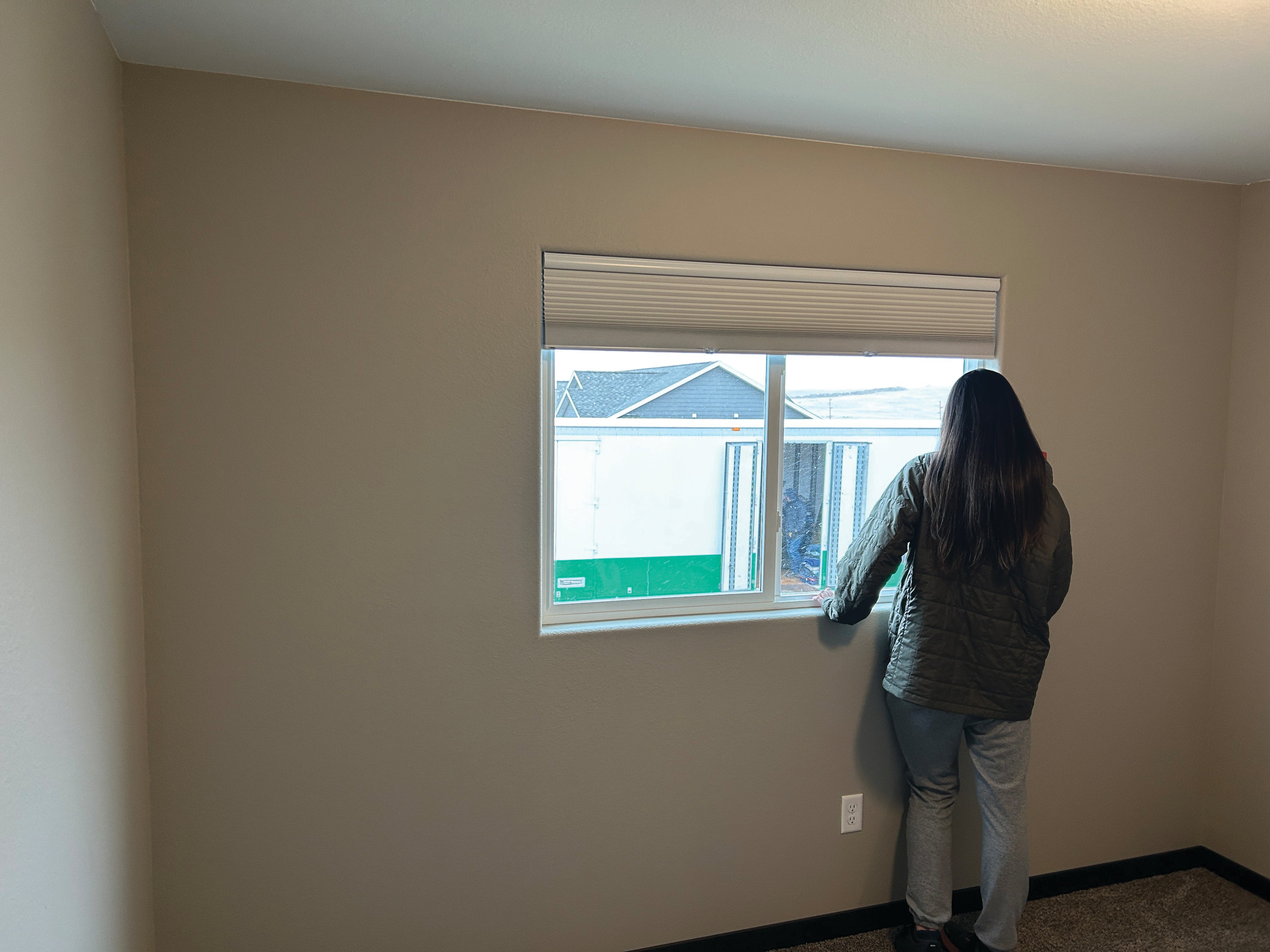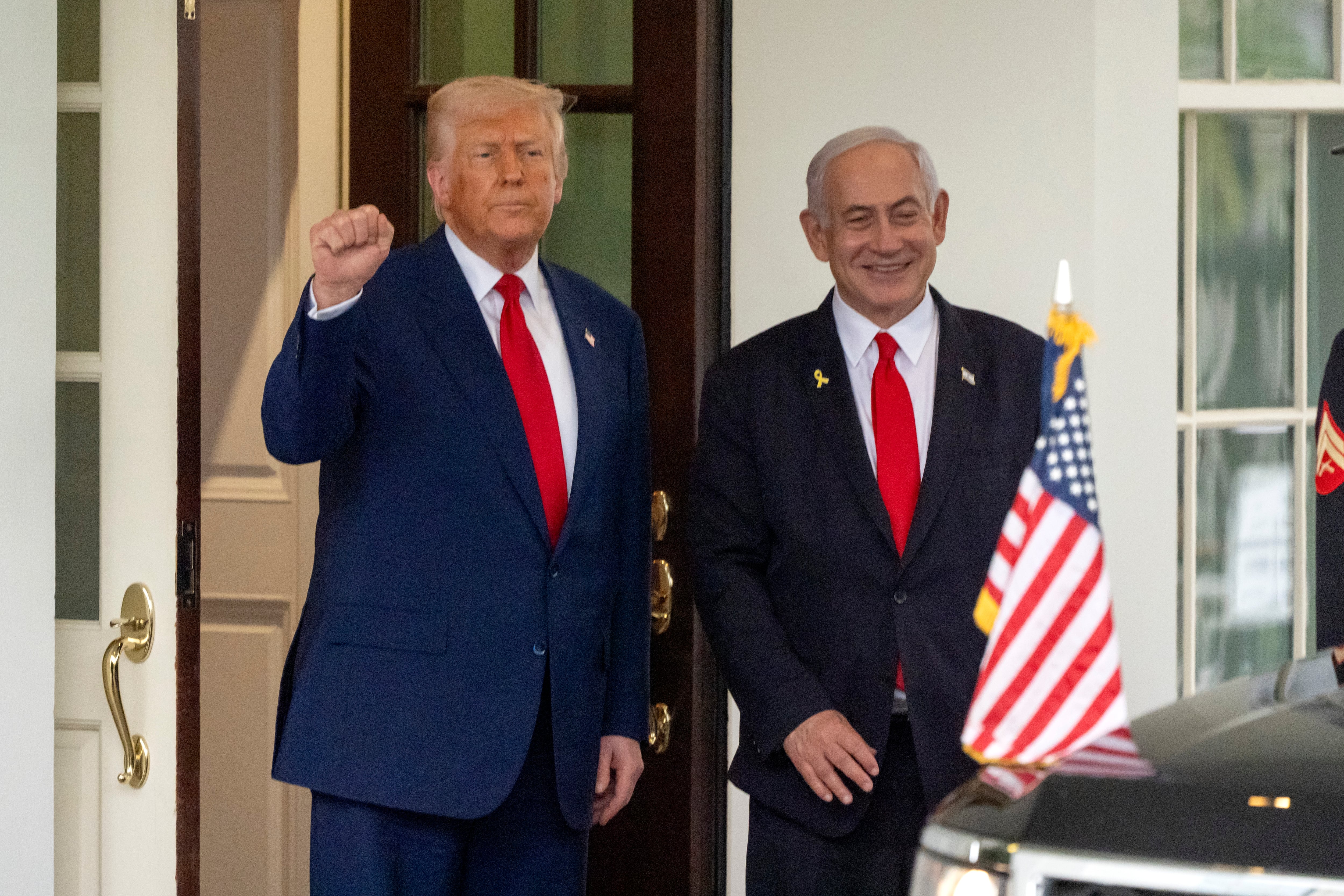Ray Mendoza had been in gunfights prior to Nov. 19, 2006. He’d experience his fair share after. But the fight that ensued that day, after members of Naval Special Warfare Task Unit-Ramadi set up sniper overwatch in an Iraqi residence, would be seared into his memory.
Ramadi had become a hornet’s nest of insurgent activity in 2006. For Mendoza’s team, who occupied the home alongside Marines from an Air Naval Gunfire Liaison Company and two Iraqi Army scouts, Nov. 19 would become a microcosm of that year’s hostilities.
As snipers observed the street below through a hole in the home’s second-story wall, keeping detailed logs of civilian movements, an insurgent grenade clanged onto the floor seemingly out of thin air. The close-quarters explosion wounded one and rattled others. Mendoza radioed for nearby Bradley Fighting Vehicles to evacuate the wounded SEAL.
Just as one of the Bradleys churned to a halt to rendezvous with the approaching SEALs, a massive improvised explosive device detonated, sending a shockwave up the street and blanketing the block in a stagnant cloud of dust, smoke and phosphorus. An Iraqi scout was killed instantly. Seven others were injured, some severely. The ambush was on.
Amid the carnage, Petty Officer Mendoza advanced into the street that was now littered with twisted metal and human remains. With small arms fire peppering the stunned troops, Mendoza sighted in on enemy fighters and pulled the trigger again and again, the sound of his weapon emitting dull thumps due to the blast-induced sensory deprivation.
Mendoza soon spotted his best friend, Elliot, in the street on his back, his legs gnarled with compound fractures. He dragged the wounded SEAL — a “big dude, powerlifter, had huge quads and his whole kit on,” Mendoza told Military Times — to cover, Elliot’s lower legs swaying unnaturally as Mendoza pulled.
Phosphorus lingering from the blast scorched Mendoza’s lungs with each arduous breath as he dragged Elliot and began to render aid. What seemed like days transpired before an earnest call for a second MEDEVAC attempt finally yielded success. Mendoza and his teammates carried the wounded SEAL to the Bradley under intense fire. Miraculously, Elliot would survive his wounds.
For his actions, Mendoza was awarded the Silver Star, the third-highest decoration for combat valor. Now, that harrowing day in November 2006 anchors Mendoza’s feature directorial debut, “Warfare,” a film compiled entirely based on the memory of those who endured it.
Mendoza had been kicking around the film idea for years. He’d ventured into the industry years prior, doing stunt work and behind-the-scenes weapons advising on select projects. But there was no rush to make the directorial leap, he said, especially with a story that personal — and one he wanted to do to honor Elliot.
“I would ask myself if I was ready, emotionally, to tell this story and expose myself like that,” he said. He also refused to pursue the project unless those who were there gave him the green light.
Once everyone was on board, he endeavored to enlist the expertise of a director who would approach the project sans agenda. Enter filmmaker Alex Garland (“Ex Machina”), with whom Mendoza collaborated on the 2024 blockbuster “Civil War” as the film’s weapons advisor.
“There’s trust with Alex,” Mendoza said. “I’ve worked with a lot of directors, and they have their message they want to put out. In those scenarios I don’t really have a lot of power. I’m an adviser. They can either take my advice or not. But I knew Alex was receptive.”
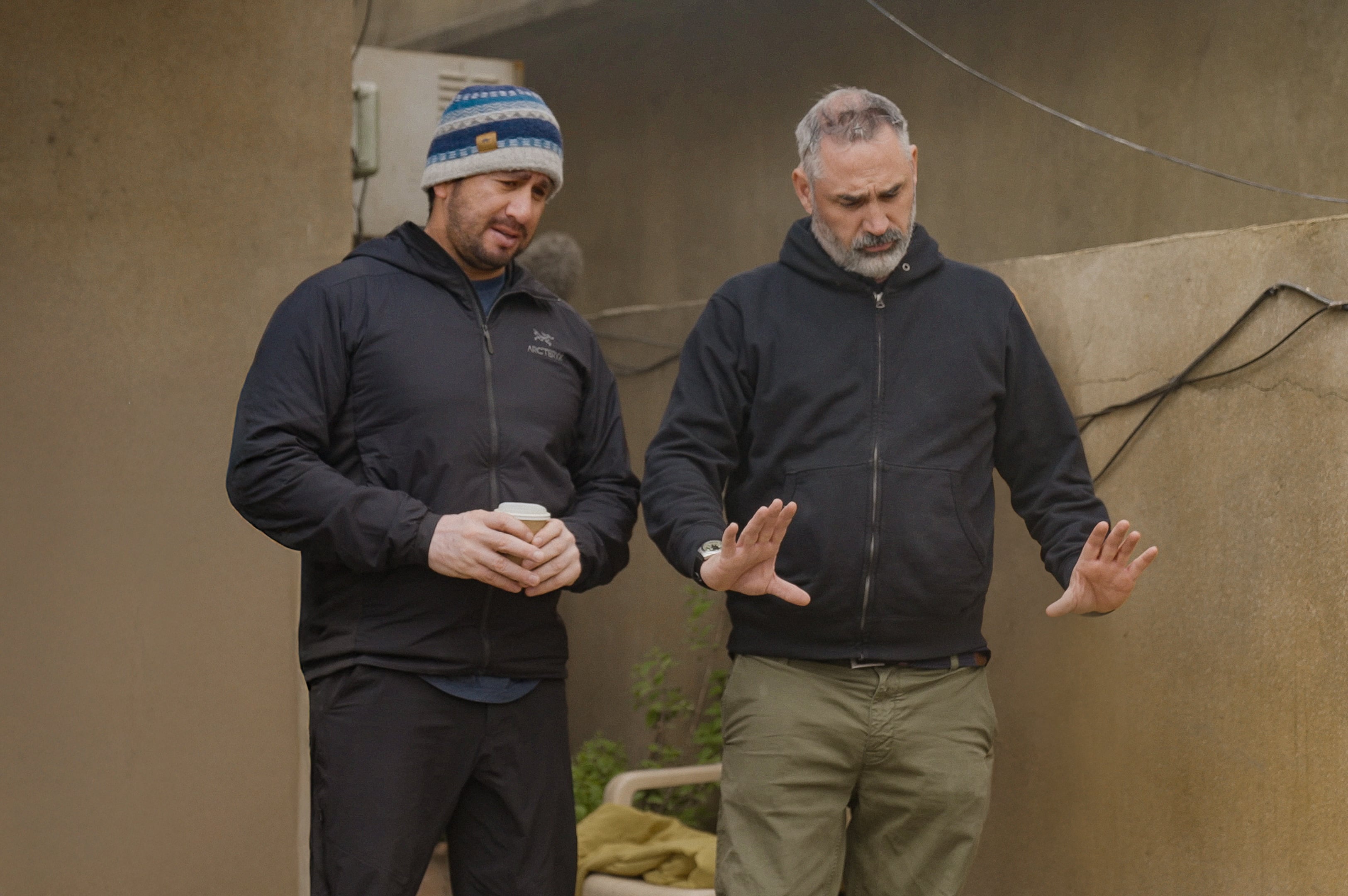
Mendoza’s idea that became “Warfare” did not adhere to traditional film structure shepherded along prolonged timelines and underscored by character development. Instead, the film follows the Nov. 19 fight in a real-time, chronological sequence, from the moment the SEALs embark on the mission to — about an hour and a half later — the final medical evacuation. When an actor announces that the Bradley vehicle is three minutes out from the extraction point, for example, it actually arrives three minutes later in the film.
This approach means Mendoza’s heroics, which are wonderfully portrayed on screen by D’Pharaoh Woon-A-Tai (“Reservation Dogs”), comprise just a sliver of the film’s 95 powerfully immersive minutes, yielding instead to an ultra-realistic, increasingly claustrophobic sense of dread each individual must navigate inside the home’s battered walls.
Mendoza and Garland interviewed many who were there — and even referenced Iraqi-provided photos of the residence and surrounding area — to gather the detail necessary to depict the events, as well as the corresponding human responses, as accurately as possible.
Every granular detail, from dialogue all the way to physical positioning of individuals during a particular moment, is based on information gleaned during that interview process. No intentional creative liberties were taken.
“The whole filmmaking process really is me listening to accumulate as much information as possible, which began with Ray,” Garland told Military Times. “And then we started to add to that with [talking to] other people. There were gaps and blind spots, but slowly they’d get filled as we talked to more.
“We were looking for total honesty, and to Ray’s immense credit and the credit of all those interviewed, they were truthful. The only time I ever detected something that felt to me like untruth would be people slightly diminishing something about themselves in terms of their own courage. That’s the culture.”
The end result is as realistic and detailed a portrayal of Iraq War combat — and life in combat arms — as anything that’s ever been created.
Military jargon — “MAMs” to describe military-aged males, etc. — anchors dialogue. Radio communications are not just accurately enunciated, but differ in tempo and cadence when communicating with, for instance, on-base command versus air support.
Environmental touches, from wall art in the home to decorative tiling and the style of the residence’s entry gate, are identical to what many will have seen in Iraq.
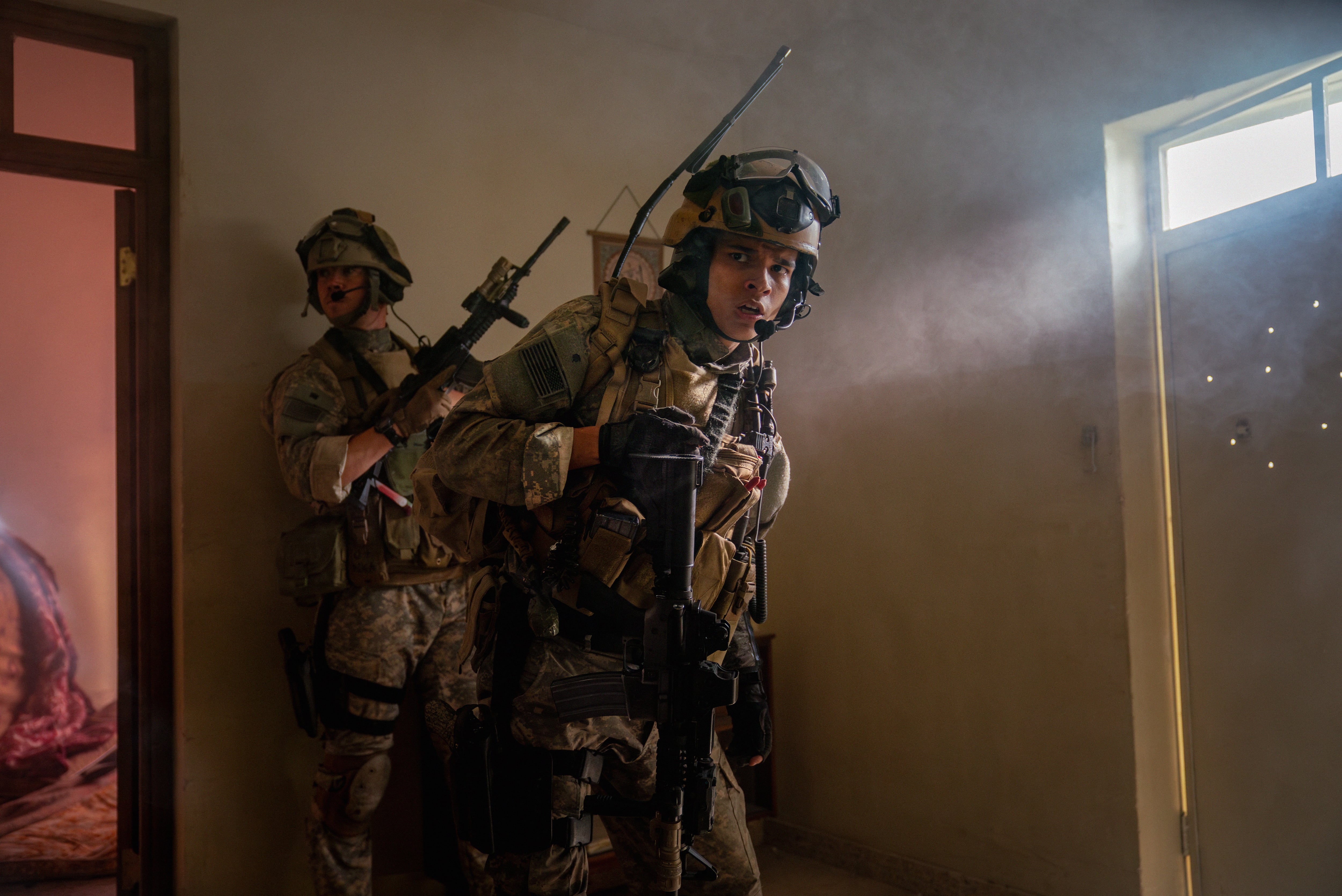
Round impacts snap and crack. IED and grenade blasts, the sounds of which wrested most theatergoers from their seats, take even experienced SEALs out of the fight in the form of mental spiraling. For others, blackouts occur.
“One minute I’m here, the next minute I’m at that door,” Mendoza said. “I remember walking up to the door at the end of the firefight and guys are giving me my gear back and they hand me three magazines. I was like, ‘When the fuck did I empty three magazines?’
“It was just that blast shock. Your brain’s like, ‘Alright, I’m taking over. You’ve done this a million times. I’m at the helm now.’ And you start getting these gaps in your memory.”
There are also moments of levity that will resonate.
The film’s opening cinematography is graced by the aggressive, spandex-clad hip thrusts from the 2004 music video “Call on me” by Eric Prydz. When the camera turns to those watching the video, it reveals a scene familiar to any who deployed to combat in the early years of the Global War on Terror: a crudely constructed plywood hut packed to the gills by camouflaged young men swarmed around a single small screen, flies drawn to the soft glow of the opposite sex.
The group soon launches into a frenzied “Call on Me” chorus as the video’s dancers thrust away.
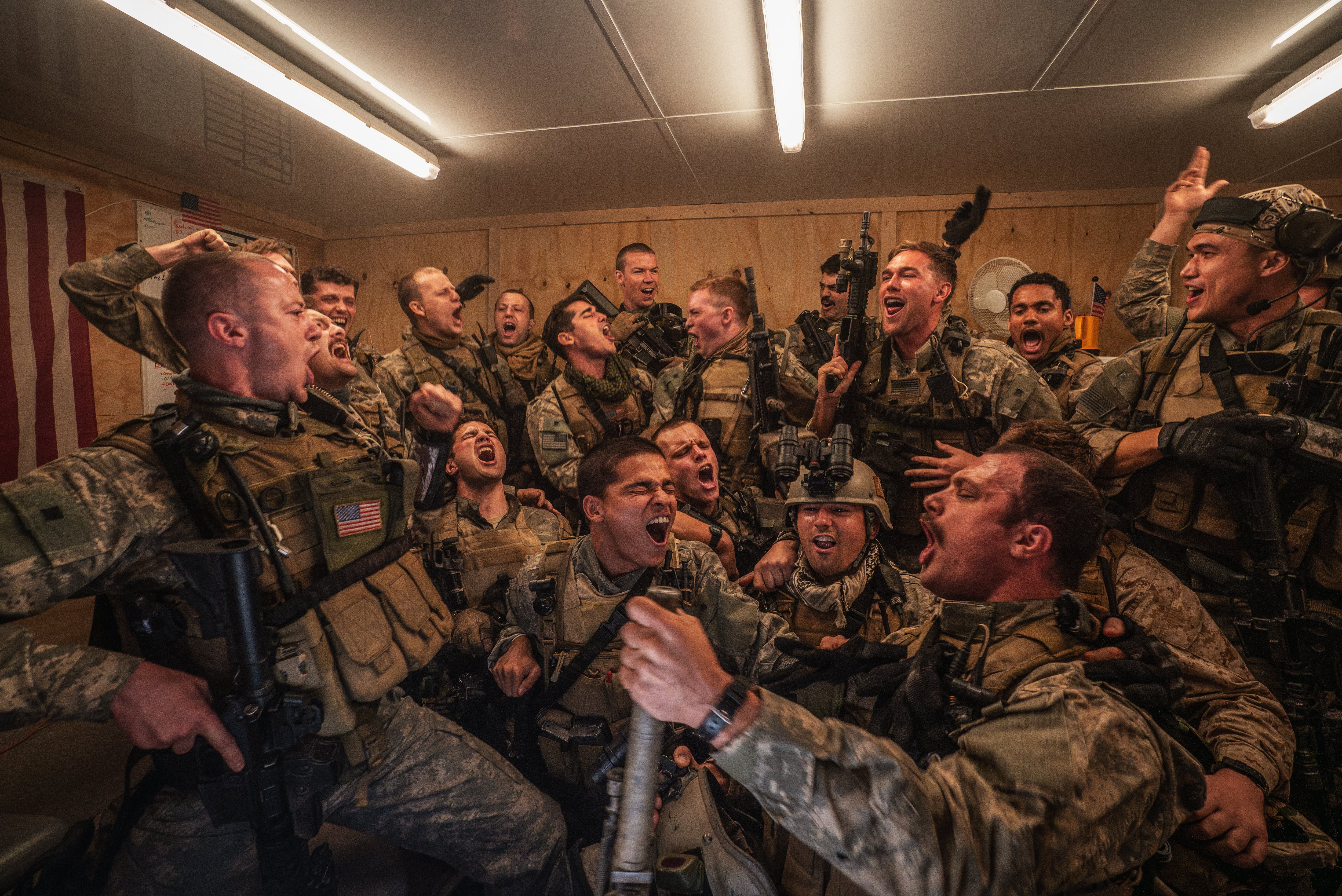
In a flash, the scene snaps to a Ramadi street, where, under the cover of darkness, two troops on opposite sides of the road engage in a brief dance-off, still inspired, despite their proximity to potential hostilities, by the immature glee of shared horniness.
In another scene, Cosmo Jarvis (”Shogun”), who plays Mendoza’s friend Elliot, stands up from his sniper position to stretch and stares at Woon-A-Tai — for what feels like an eternity — until the awkward gag elicits a smile from his good friend. Even during a firefight sequence, when a character trips as he bounds back toward the house, a SEAL played by Will Poulter (”The Revenant,” “Detroit”) cracks a brief smile amid the chaos. “Dude, I thought you were hit.”
“That’s the fidelity of this film. None of it is invented,” Garland said. “He did trip there, and he said when he picked himself up, the person [Poulter] is playing shot him this weird smile.”
Faithfulness to the story, meanwhile, meant encountering certain horrors that had long been suppressed by those who contributed to the film’s creation.
Trauma has a way of getting compartmentalized, especially in demanding professions that continue demanding it of the same people for decades. Mendoza and other SEALs were right back outside the wire and into the inferno three days after the events featured in the film.
“You just don’t even have time to talk about it,” he said. “You’re just packing more shit onto it.”
Still, Mendoza said he knew the emotions would hit him at some point.
The scene in which Woon-A-Tai drags Jarvis was filmed a few times, Mendoza said. On site for filming that day was Elliot, who had never seen what happened to him.
“When Elliot first woke up in the hospital, I was telling him about how hard [dragging him] was,” Mendoza said. “But when he saw it play out on set, he started crying. That just cracked it open for me right there. I called cut, then I ran off set and just cried for 10 minutes.
“That was probably the most powerful moment. I think we both needed to share that, as surreal and emotional as it was. That was probably, in a weird way, the only way that for me to let that go. I’d had a really hard time up to that point.”
The lasting impacts of combat continue to be hard for many who endured traumas during the Global War on Terror’s 20-plus years. Though “Warfare” captures just a 95-minute window of it, the film manages to get right what so many others in the genre — even the good ones — get wrong.
Such fights are never remembered by their participants through the convenient lens of a Hollywood-style personal interest story, nor do young troops concern themselves with a politicized agenda when they’re mired in heat and blood-stained dirt.
War is, instead, remembered for friendships, for unnatural hellishness in brief, but indelible moments and for the immense weight young people who endure the cost must carry for the rest of their years.
“Warfare” demonstrates an intimate understanding of that spirit, from the film’s opening scene to its gut-wrenching closing dedication.
“For Elliot.”
“Warfare” hits theaters April 11.
J.D. Simkins is the executive editor of Military Times and Defense News, and a Marine Corps veteran of the Iraq War.
